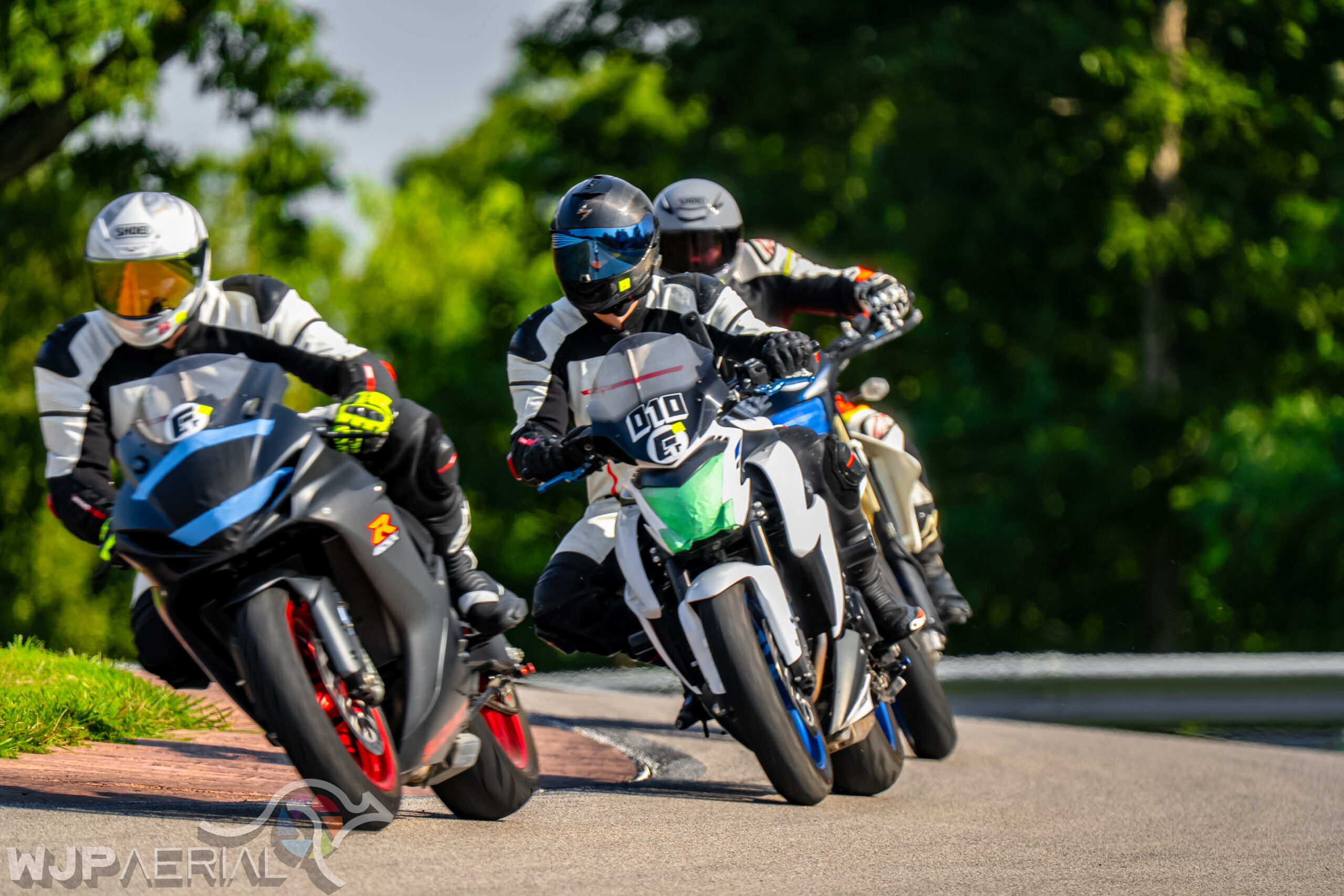The world of motorcycle racing is a high-pressure environment where split-second decisions can mean the difference between victory and disaster. At the heart of this intense experience lies the psychology of the track flag. Beyond their basic meanings, flags carry symbolic weight, evoke emotional responses, and significantly influence rider behavior.
Let’s have a deep dive into the fascinating interplay between flags, psychology, and performance on the racetrack.
Impact of Flags on Riders
Emotional Responses:
According to a study published in the Journal of Applied Social Psychology, flags elicit strong emotional responses among individuals, especially during international sporting events.
The study focused on Northern Ireland and found that individuals often felt hopeful and satisfied when viewing the flag associated with their own national identity.
For example, those identifying as British reported higher levels of hopefulness and satisfaction when viewing the Union Jack, while Irish identifiers felt similar emotions towards the Irish tricolor.
However, it is important to note that emotional responses to flags can be complex. Individuals may have both positive and negative emotions towards a flag, depending on their personal experiences and perceptions.
Flags are everyday social primes that can elicit spontaneous feelings and impact community relations, especially in regions with a history of conflict and contested national identities.
Symbolism:
National flags are powerful symbols that represent a country’s values, history, and aspirations. They often embody the collective identity of a nation and serve as a visual representation of its people.
The symbolism associated with flags can evoke strong emotional responses and foster a sense of pride and belonging among individuals who identify with their nation.
Research has shown that group identity symbols, such as flags, increase the perceived entitativity of a group. This means that flags can contribute to a sense of unity and coherence within a group, which can be particularly relevant in the context of bike riders who may belong to cycling teams or national cycling associations.
Flags can serve as rallying symbols that promote a sense of camaraderie and motivate individuals to perform at their best under pressure.
National Identity:
Flags are closely linked to national identity, which refers to an individual’s sense of belonging and attachment to a particular nation.
The study mentioned earlier found that individuals’ emotional responses to flags were strongly tied to their own national identity. For bike riders, their national identity may play a significant role in shaping their response to pressure.
For example, during international cycling competitions, riders often represent their countries and compete for national pride. The flag of their nation can serve as a source of inspiration and motivation, instilling a sense of responsibility to perform well and uphold their country’s reputation.
Additionally, flags can symbolize the unity and solidarity among riders from the same nation, fostering a sense of team cohesion and support.
Race Pressure:
In the context of bike riders, race pressure refers to the stress, expectations, and performance demands experienced during competitive races. Several factors contribute to race pressure, including the desire to win, the presence of strong competitors, time constraints, and the intense physical and mental exertion required in cycling competitions.
A study conducted by researchers at Queen’s University Belfast explored the identification and emotional responses to national flags, shedding light on the dynamics of race pressure.
The study found that emotional responses to flags can be influenced by race pressure, with riders experiencing heightened emotions and increased motivation when competing under the banner of their national flag.
Performance Anxiety:
Performance anxiety is another important aspect of the psychology of bike riders under pressure. It refers to the feelings of apprehension, nervousness, and fear of failure that individuals may experience before or during a race.
Performance anxiety can have a significant impact on a rider’s psychological well-being, physical performance, concentration, and decision-making abilities.
While there is limited research specifically focusing on the psychology of flags and performance anxiety among bike riders, a study published in the Journal of Sport Psychology provides insights into how athletes can manage performance anxiety in various sports.
Techniques such as goal setting, positive self-talk, visualization, and relaxation exercises can help bike riders cope with performance anxiety and maintain focus under pressure.
Safety Concerns:
In addition to race pressure and performance anxiety, bike riders also face safety concerns, especially during high-intensity races or challenging terrains.
Safety concerns can add to the overall pressure experienced by riders, influencing their decision-making processes, risk perception, and ability to stay focused on the task at hand.
Research on safety concerns specific to biking indicates that factors such as saddle pressures and proper bike fitting play a crucial role in preventing injury and ensuring the overall well-being of riders.
High saddle pressures can lead to perineal injuries, and factors such as sitting time, pedaling intensity, trunk and hand position, handlebar position, saddle design, and height can affect saddle pressures and contribute to safety concerns.
To conclude, understanding the psychology of flags and how bike riders react under pressure involves exploring emotional responses, symbolism, national identity, and specific pressures. These pressures include such as race pressure, performance anxiety, and safety concerns.
The interplay between these factors can significantly influence a rider’s psychological state, performance, and overall well-being. Employing strategies to manage emotions, foster a sense of national identity, address performance anxiety, and prioritize safety can contribute to better outcomes for bike riders when they face pressure in various cycling contexts.




